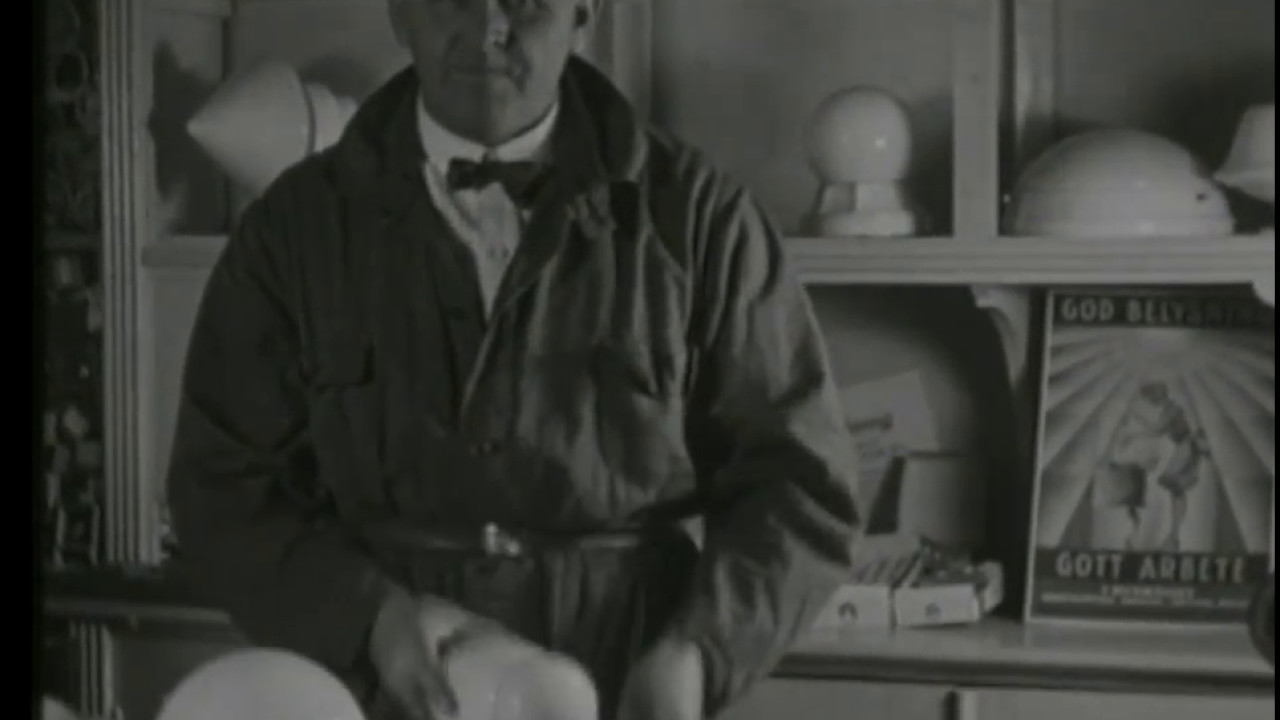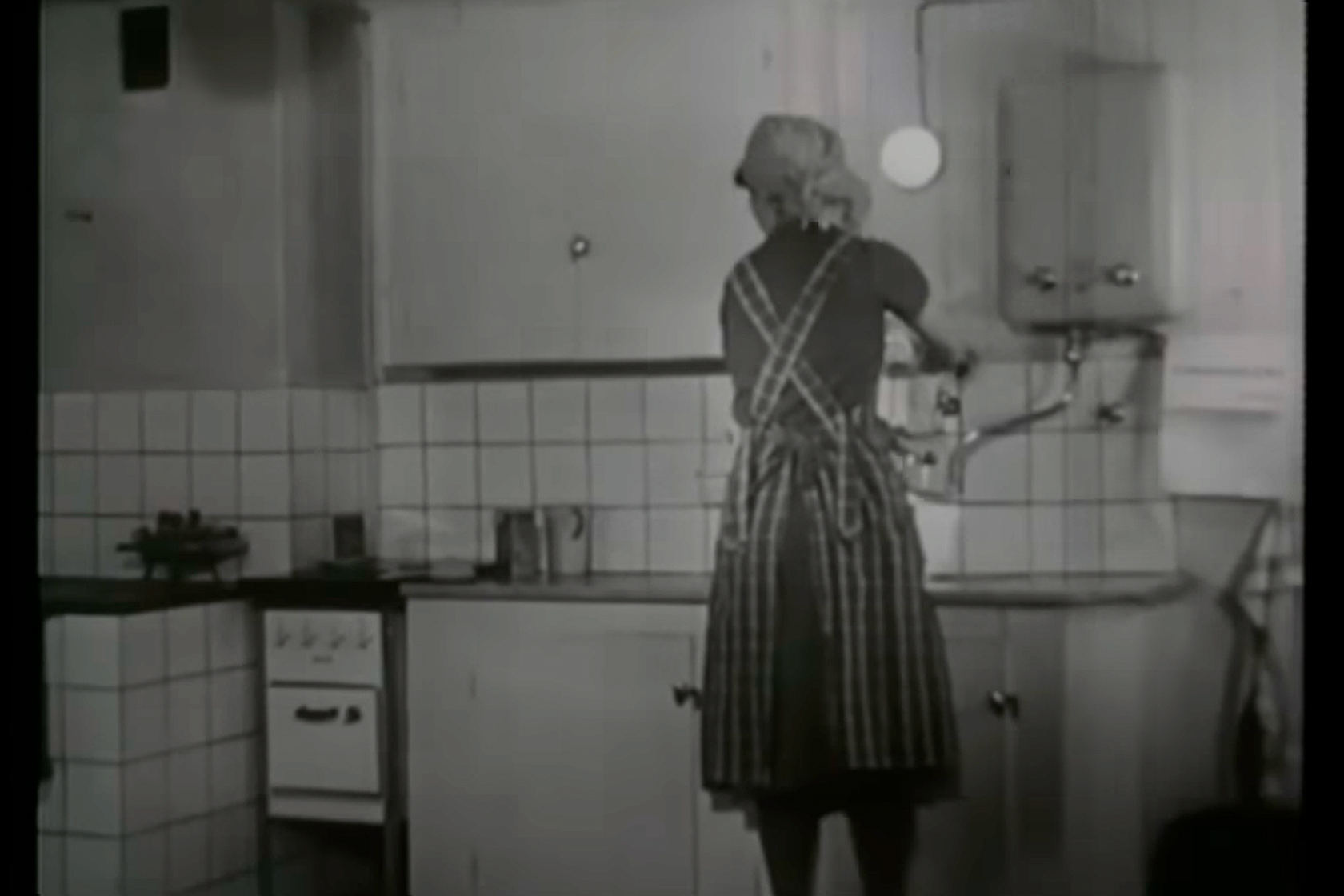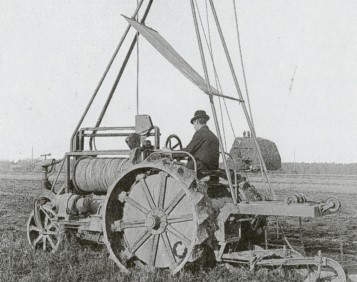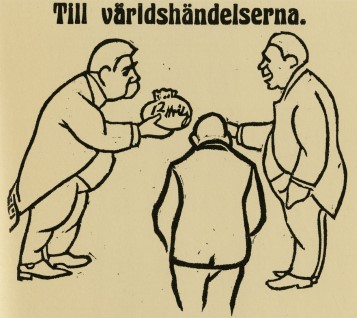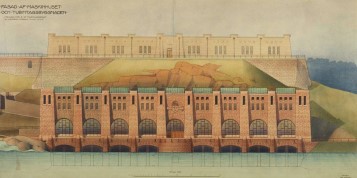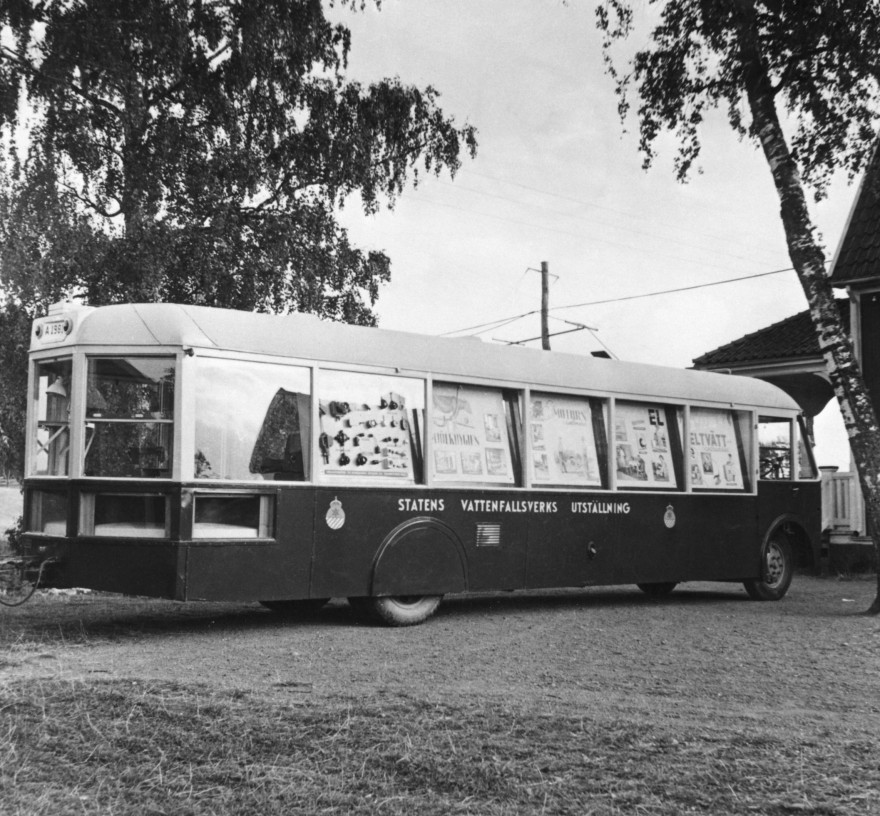
A new way of living
The entry of electricity into the home changed the way people live forever. Electric lighting changed the daily rhythm of everyday life. And in the home, heavy tasks disappeared from household work, which was of huge significance, not least for women.
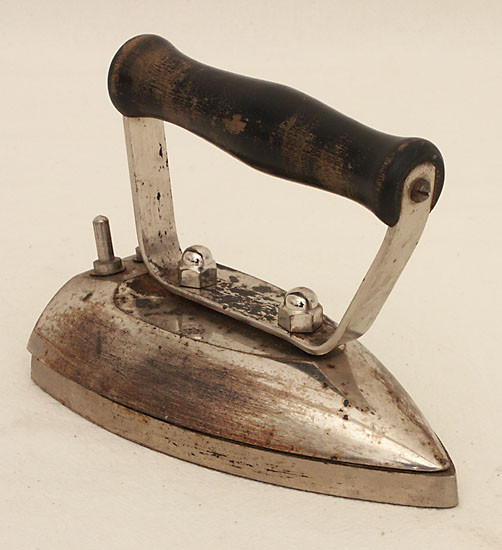
Electric iron. Year: 1910 | Place: - | Creator: Okänd | ID: VF000007
Sweden was the first country in the world where virtually all households were electrified. At that time, in the 1960s, most basic functions used electricity: washing machines, refrigerators, cookers, vacuum cleaners and irons. Electric irons, which went on sale around 1910, were the first electrical appliance in many homes.
At the same time, metal filament lamps were launched, and so electric lighting began to catch on in homes, which signified a huge change – and freedom. Thanks to electric light, people's lives were no longer governed by daylight; instead, they could determine their own daily rhythm.
Electricity also made the world safer. Stoves and lighting could now be powered by electricity instead of fire, reducing the risk of fire spreading. However, the 'Wood Age' continued until the 1930s, when electric stoves came onto the market. Gas stoves were dominant for many households in cities, while wood stoves were still used in rural households. For a long time electric stoves were a more expensive alternative, and many people kept their wood stoves for the heat they produced. It was not until the 1950s that the electric stove began to break through in earnest. In 1954, 35 per cent of Swedish households had an electric stove. Ten years later the figure was 70 per cent.
Video player requires marketing cookies.
To view this content please click here to allow marketing cookies.
Free testing of modern lighting (silent movie)

Electric stove. Year: - | Place: - | Creator: Unknown | ID: VF100012
Electricity propaganda
During the deep recession after the First World War, industrial electricity consumption fell by 30 per cent, a huge blow to Vattenfall and other power companies. But household electricity consumption was not as sensitive to economic conditions and continued to rise. Power companies therefore redirected their interest towards households.
Domestic science teacherDomestic science teacherA number of interest organisations within the electricity sector were formed, including, in 1927, Föreningen för Elektricitetens Rationella Användning – FERA (the Association for the Rational Use of Electricity). FERA's task was to spread information – or propaganda as it was then called – about the benefits of electricity use. FERA, which is still active, produced a number of brochures, films and other types of advertising material aimed at various types of customers. But to reach women, who were responsible for most of the housework, more direct propaganda was needed. FERA therefore employed two domestic science teachers in 1934 to work as consultants, to hold courses in electric cooking throughout Sweden.

Domestic science teacher. From the cover of FERA's magazine 'ERA'. Year: 1933 | Place: - | Creator: Okänd | ID: VF220003
Over two decades FERA organised around 250 courses per year involving around 30 participants on each. They also produced a cookbook, which sold in very large numbers at the end of the 1940s.
Vattenfall also did its share when it came to spreading the gospel of electricity to housewives. From 1937 to the late 1940s, its own demonstration bus trundled around the Swedish countryside. The front of the bus was equipped as a kitchen.
Domestic breakthrough
When domestic electrification began, several factors interacted. Professions such as maids and domestic servants largely disappeared, which meant that housewives were forced to replace their labour with domestic appliances. In addition, more women after the Second World War started to work outside the home, and domestic appliances made it possible for both men and women to work.
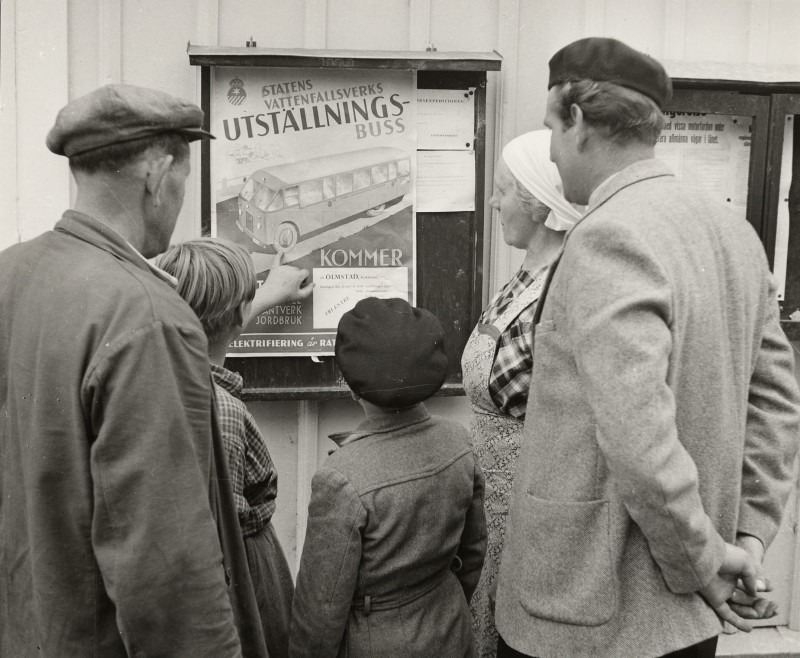
The demonstration bus is coming to town. Year: - | Place: - | Creator: Okänd | ID: VF100006
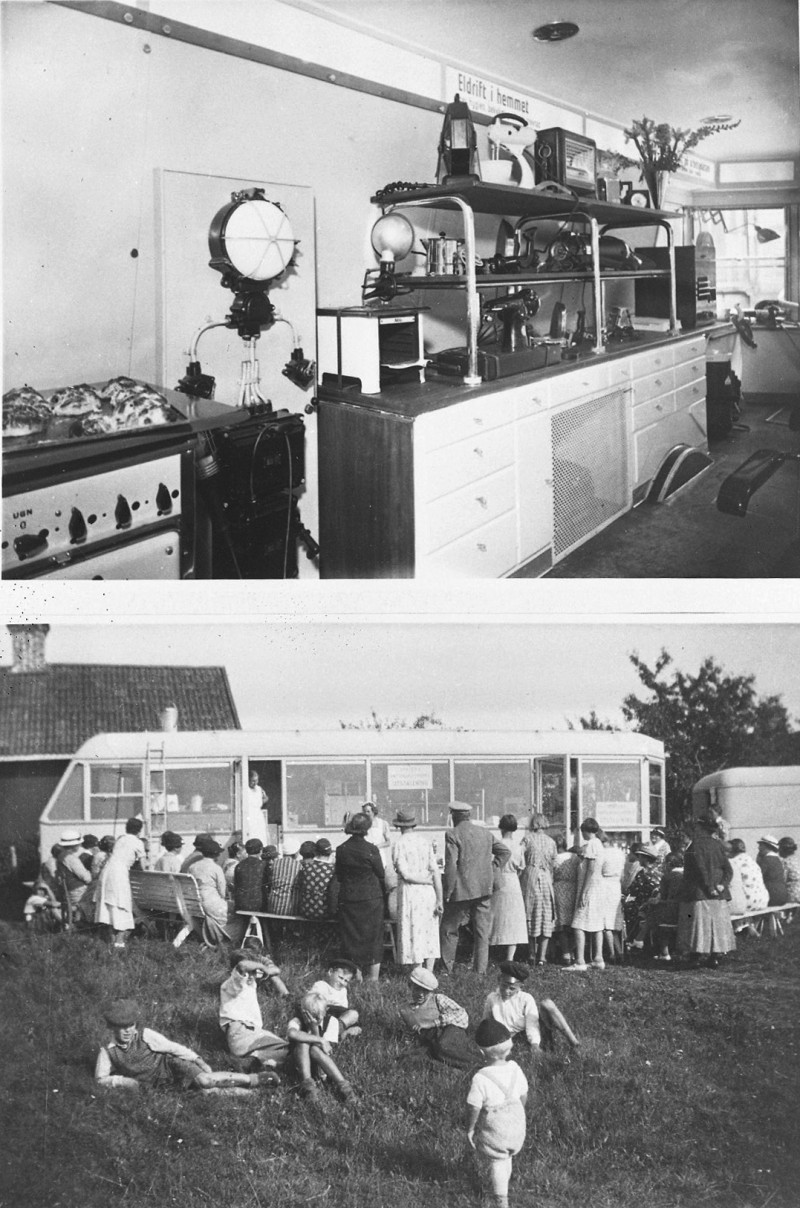
The demonstration bus visits the countryside. Year: - | Place: - | Creator: Okänd | ID: VF200085
Video player requires marketing cookies.
To view this content please click here to allow marketing cookies.
Promotion of electricity in the 40s (in Swedish)

